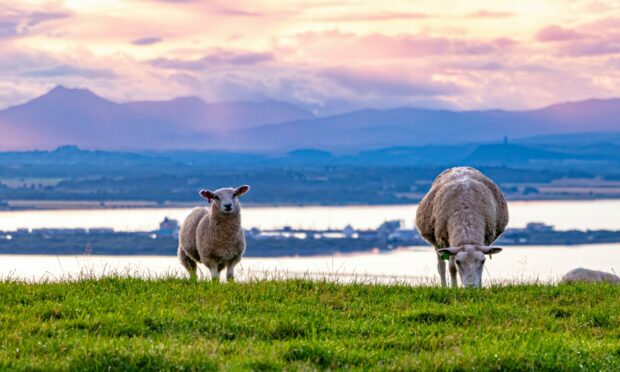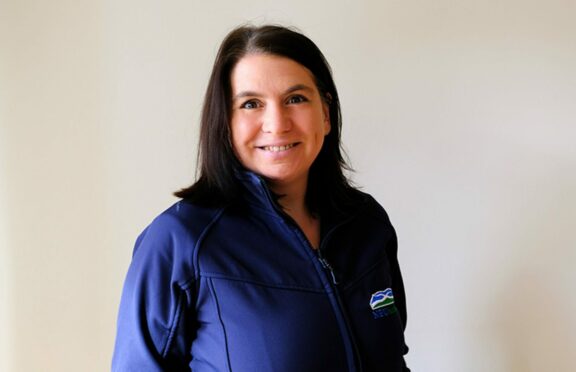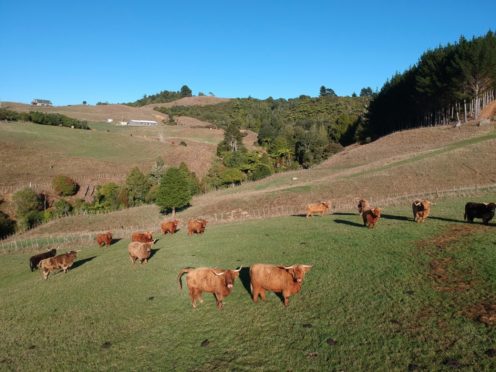The latest greenhouse gas (GHG) statistics published by the Scottish Government show a fall in agricultural emissions of 2.9% between 2019 and 2020.
Scottish agriculture’s emissions have now dropped 14.9% since 1990, with reductions seen across all three main types – C02, methane, and nitrous oxide – created by food production.
The statistics were welcomed by NFU Scotland’s climate change policy manager, Kate Hopper, who praised the work being done by farmers and crofters to mitigate GHG emissions on farms.
She said: “Unlike other industries, which may be expecting a bounce back in emissions as they move on from the impacts of Covid-19, Scottish agriculture maintained production in challenging times and kept the nation fed during the pandemic.
“This means the fall in C02, methane, and nitrous oxide are a clear sign of the industry’s commitment to meeting its climate change goals”.
She said the union was working with the Scottish Government on ways of supporting Scottish farms and crofts as they continue to reduce emissions.
The government’s £51 million National Test programme is already incentivising farmers to better understand their environmental performance and efficiency and providing support for carbon audits and soil analysis to provide baseline information.
Ms Hopper said: “Our members have been working hard carrying out carbon audits to identify where improvements can be made, along with their on-farm energy use, switching to renewables, and looking at how to reduce the inputs they use.
“Going forward we also need to look at how the UK’s national inventory records GHG emissions. All carbon sequestration is currently recorded against the land use sector, including measures such as tree planting carried out on our farms.
“Farms have huge potential to store carbon, and we would like to see this balanced against our emissions, while we continue to produce high quality, sustainable, healthy Scottish food.”


